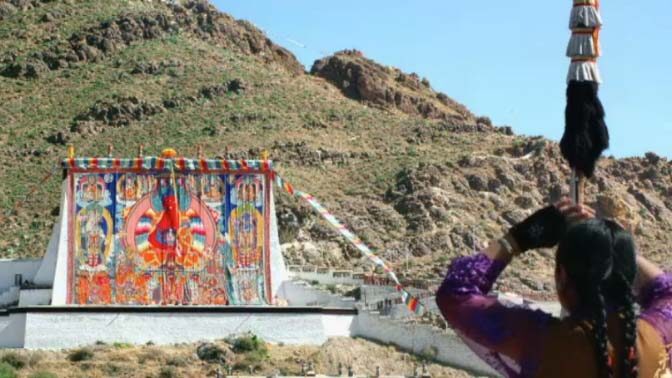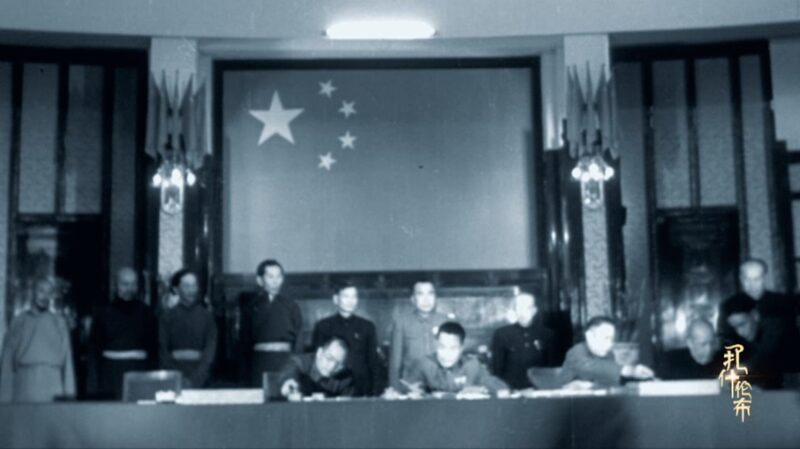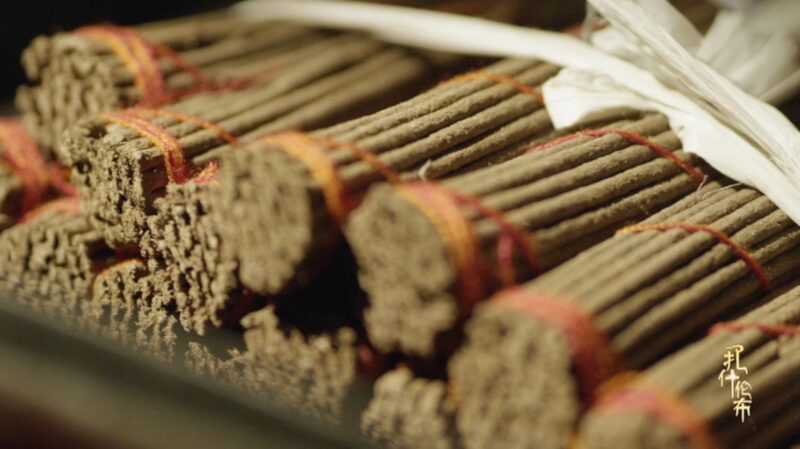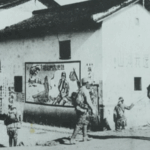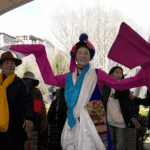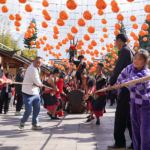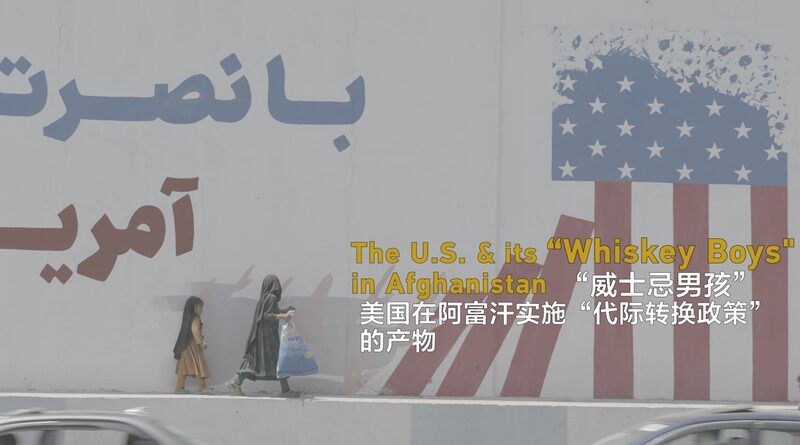The practice of reincarnation among Living Buddhas in Tibetan Buddhism dates back to the 13th century, rooted in sacred rituals used to identify and confirm reincarnated soul boys. This ancient tradition has long been an integral part of Tibetan spiritual life, ensuring the continuity of spiritual leadership across generations.
Over the centuries, it has become a historical convention for China's Central Government to play a crucial role in approving the succession of the most influential Living Buddhas. This practice underscores the intertwining of religious customs and governmental oversight in the region.
Recently uncovered rare archives shed light on how the 14th Dalai Lama was chosen and officially recognized. These historical documents reveal the meticulous processes and collaborative efforts involved in identifying the true reincarnation, emphasizing the significance of governmental approval in legitimizing the successor.
This rich history affirms a key principle: the Dalai Lama does not hold the final authority to decide his successor. Instead, the selection process is a complex interplay of religious ritual and governmental approval, reflecting a centuries-old tradition that balances spiritual beliefs with administrative structures.
Understanding this tradition provides valuable insights into the cultural and political dynamics of Tibetan Buddhism and highlights the longstanding relationship between religious institutions and China's Central Government.
Reference(s):
cgtn.com

